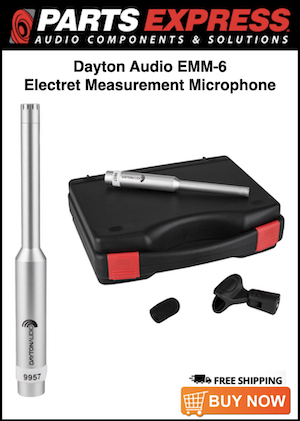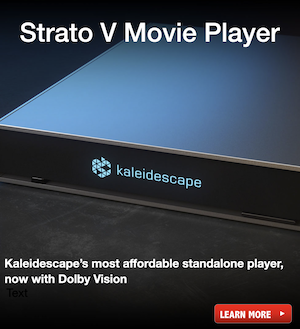Peter Loeser
Active Member
This is something I've been wanting to do for a while, and Tony has already kicked us off with some great how-to's in the stickies. I'd like to create more illustrated tutorials related to system setup, troubleshooting, and maybe even room design, acoustics, etc. I'd also like to do a series that will define and compare different audio and video codecs, playback formats, industry standards, etc to help newcomers wade through all the different acronyms and technologies. There's a ton of options to account for these days just to make sure all of your components will be compatible. So, what I'd love to hear from you guys are some of the most common room design/setup questions and maybe some of the technologies that aren't intuitively easy to understand. Even if it's something you understand well, if you've answered a lot of questions about it, I think it's worth explaining here. As I have time, I'll create writeups and maybe even some video tutorials. There's enough experience within our community to create an extensive library of knowledge. Thanks in advance for your suggestions.
*Full disclosure - I'm far from being an expert at all of the topics I'd like to cover, so please feel free to share any resources you've found helpful. I'd be happy to cite them in the write-ups. The more community participation we have, the better these will be.
Planned topics based on suggestions received so far:
1. How to locate and treat first reflection points
2. How to integrate one or multiple subwoofers into a stereo or home theater system
*Full disclosure - I'm far from being an expert at all of the topics I'd like to cover, so please feel free to share any resources you've found helpful. I'd be happy to cite them in the write-ups. The more community participation we have, the better these will be.
Planned topics based on suggestions received so far:
1. How to locate and treat first reflection points
2. How to integrate one or multiple subwoofers into a stereo or home theater system
Last edited:









